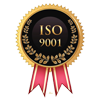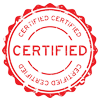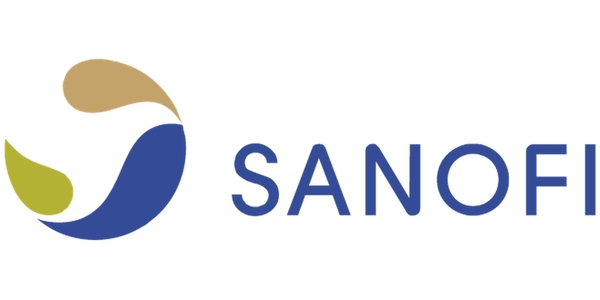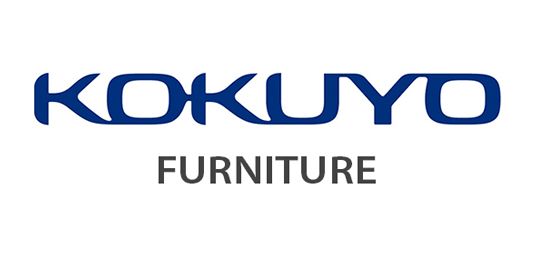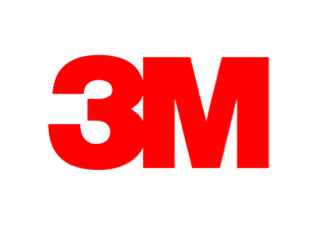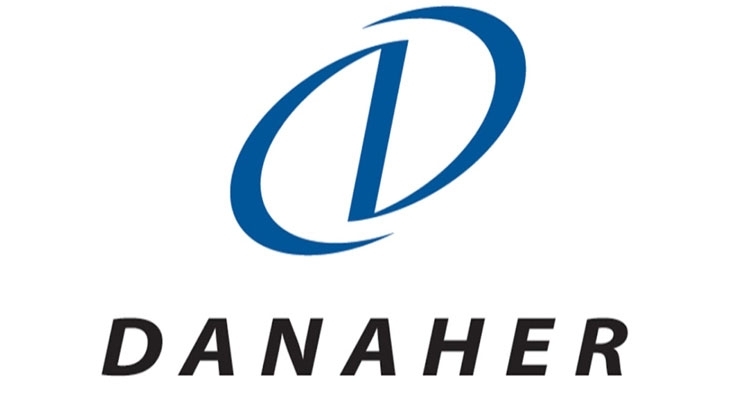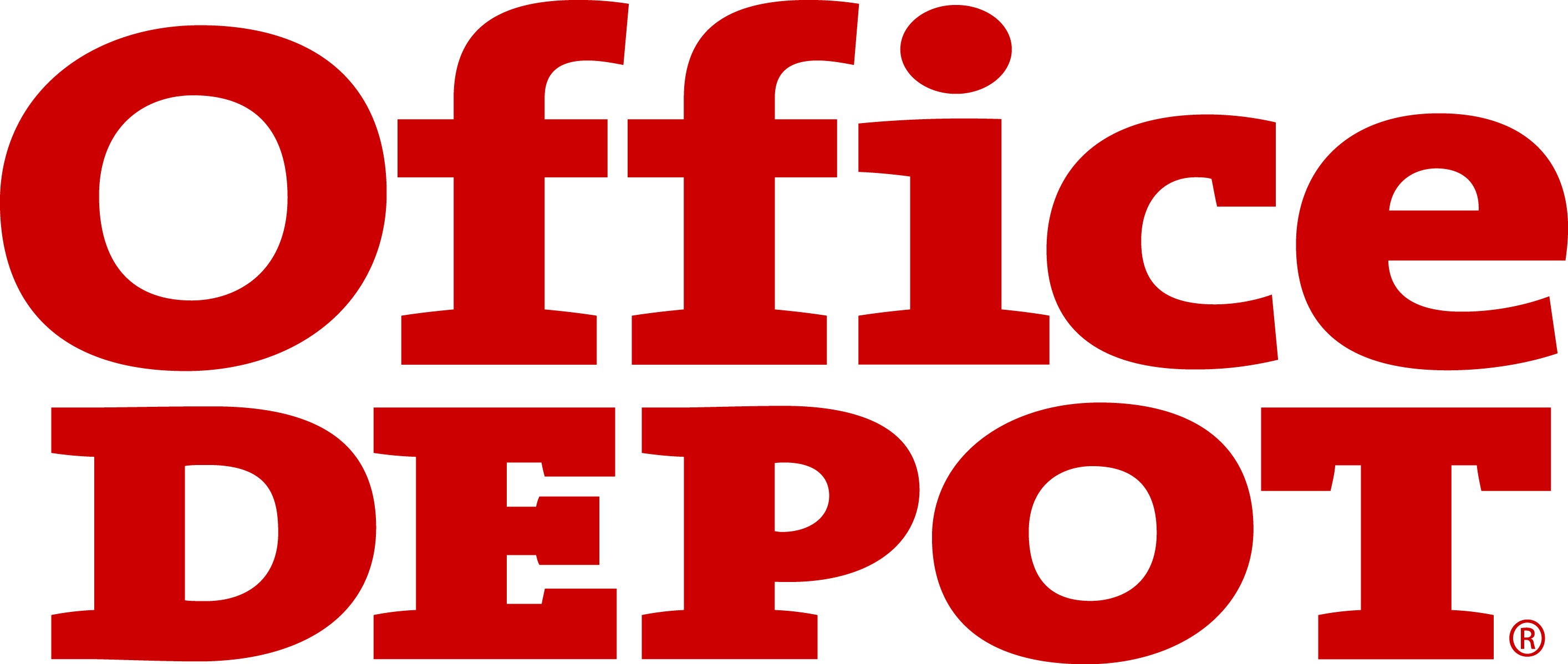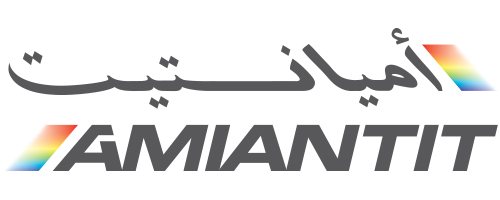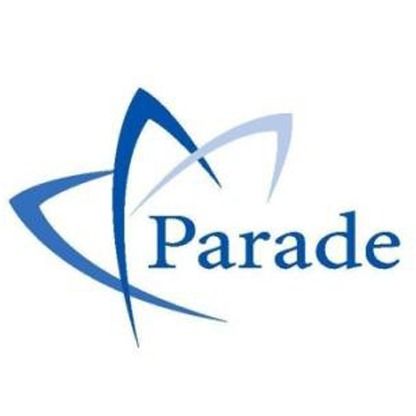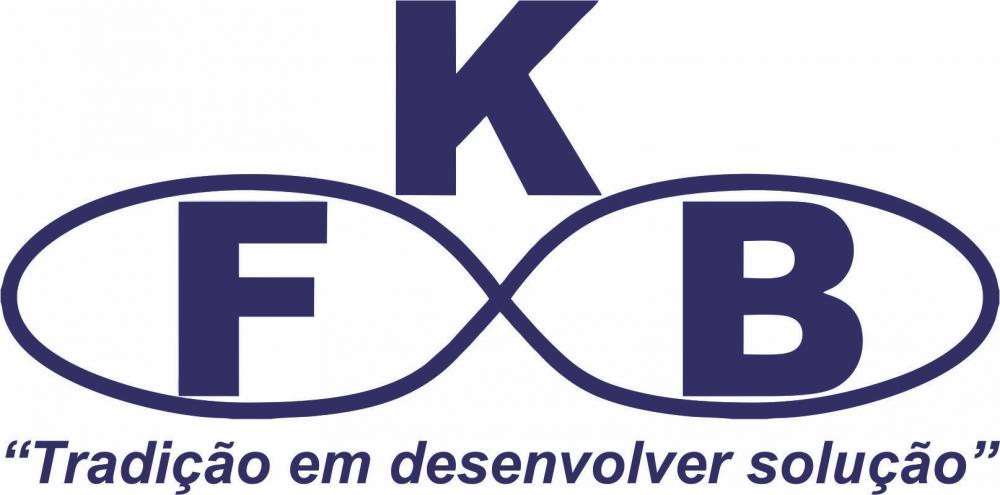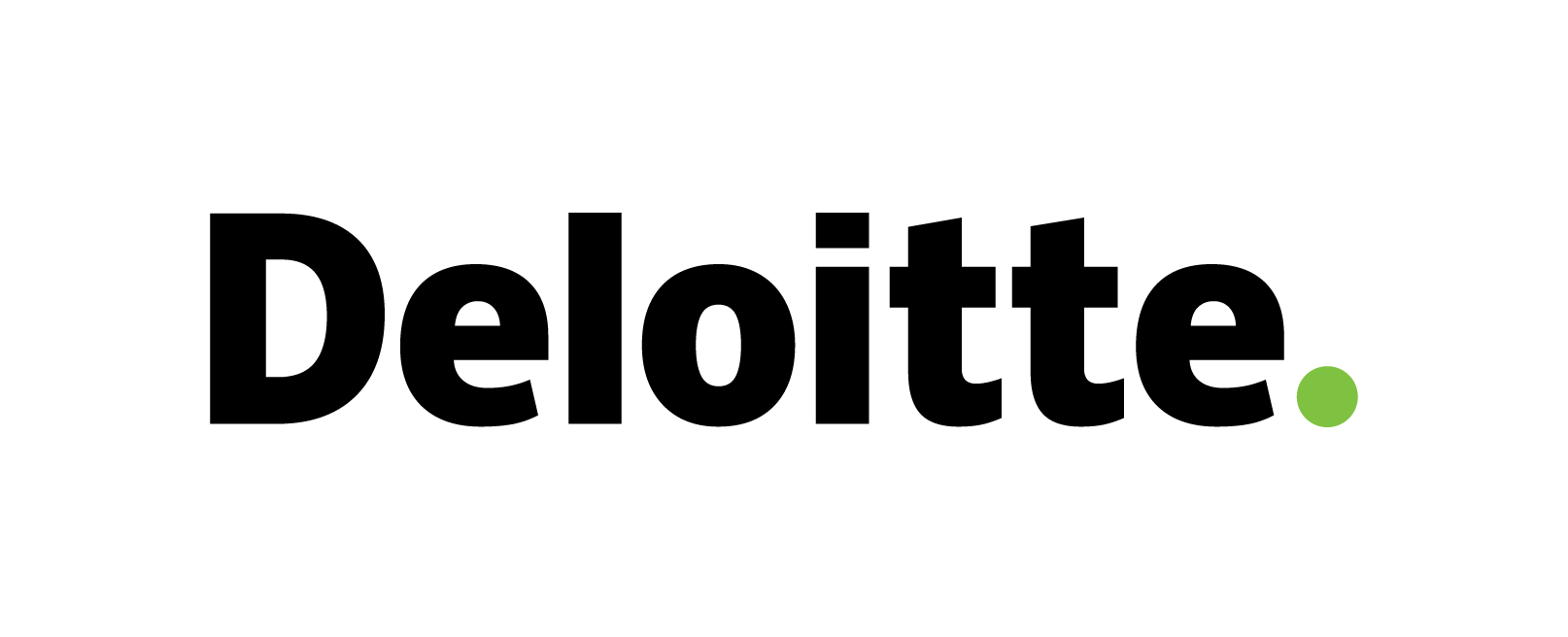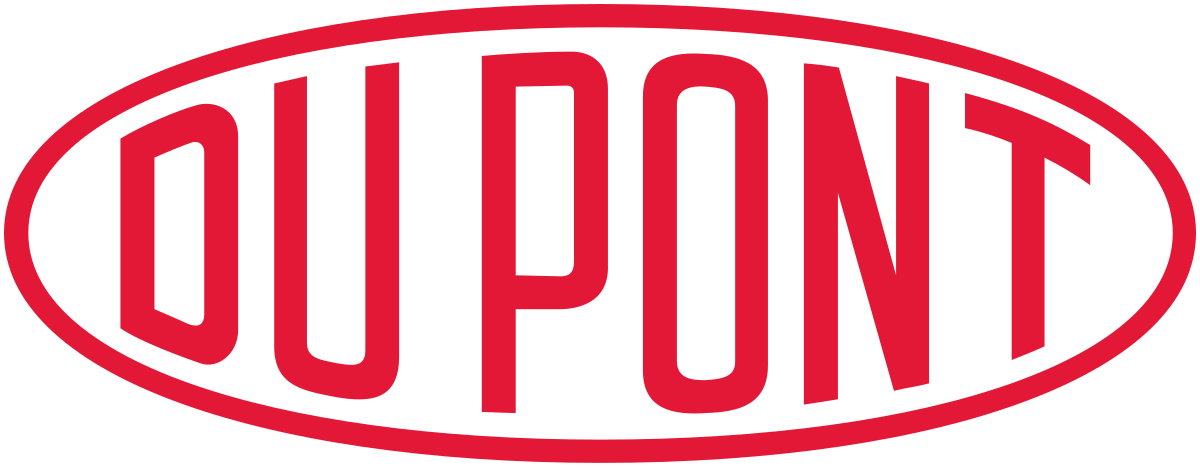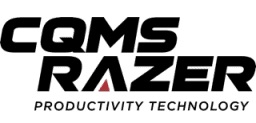Hybrid Train Market : Global Share, Size, Growth, Trends & Outlook ( 2023 – 2032 )
A hybrid train is a railway vehicle that uses an onboard rechargeable energy storage system (RESS), which is placed between the power source and the traction transmission system connected to the wheels. Hybrid trains can take the form of a locomotive, railcar, or train.
These run-on alternate sources with electric source as the fixed one. Energy storage devices, such as batteries, super-capacitors, and flywheels, are used to store energy from regenerative braking and additional energy generated during acceleration in these trains.
Apart from being, environmentally friendly, reliable, and effective trains, these also offer reduction of NOx emission by almost 50%, less fuel consumption and also noise level. This makes them highly cost-effective as compared to conventional fuel trains.
The global hybrid train market is expected to witness growth at a CAGR above 5% during 2022-2027.
MARKET DRIVERS:
The growth of this market is attributed towards major relying factors including; the increasing investments by governments across the globe for the development and improvement of railway infrastructures, the increasing trend towards greener forms of transport supported by new government regulations, the rising demand for public transport in order to reduce traffic congestion along with reliable, sustainable, cost effective and energy-efficient transport, the rising need to control the increasing levels of pollution and noise in the environment and the rising awareness about the safeguarding of environment etc.
Additionally, it is in no one’s doubt that the railway transportation network is the major transportation mode in all regions of the world. However, with this, it is also familiar that they produce harmful gases such as nitrogen dioxide, carbon dioxide, and particulate matter that can contribute to air pollution and cause negative health effects. To address this, major companies are coming up with innovation in railway systems, such as hybrid trains that use or combine alternative fuel sources, such as hydrogen fuel cells, electric batteries, CNG, LNG, and solar energy, to meet the required efficiency and emission standards. There is also an ongoing worldwide trend of shifting from the conventional diesel trains to more efficient and eco-friendly hybrid trains. This in turn is leading to the introduction of new hybrid train models, manufactured by key players in the industry which is booming the overall hybrid train market across the globe.
Moreover, with the incredible rate in which the global population is surging, the need for efficient rail vehicles in urban areas, where existing transportation infrastructure is proving to be insufficient is proliferating. This is creating and enhancing the opportunities for hybrid train models to enter the global market and efficiently address the ongoing concerns with their improved technologies and environment-friendly attributes.
Furthermore, other factors such as high gasoline prices, rising demand for hybrid trains in freight transportation, the rising availability of alternative fuel options, rapid growth in hydrogen powered and solar powered hybrid trains, the increasing government support and the rising railway operations in industrial and mining activities further augment the growth of the market.
However, increased development cost, complexities involved in hybrid train technologies and related infrastructure, the high overhaul and maintenance costs and the rising refurbishment of existing trains hampers the growth of this market.
HYBRID TRAIN MARKET SEGMENTATION:
By Propulsion Type:
- Electro-Diesel
- Battery Operated
- Hydrogen Powered
- Gas Powered
- Solar Powered
By Application:
- Freight
- Passenger
By Operational Apeed:
- Below 100 km/h
- 100-200 km/h
- Above 200 km/h
By Battery Technology:
- Gel Tubular
- Valve Regulated Lead-Acid (VRLA)
- Conventional Lead-Acid
- Sinter PNE
- Fiber PNE
- Pocket Plate
- Lithium-Ion
By Region:
- North America
- Europe
- Asia Pacific
- Latin America
- Middle East & Africa
REGIONAL INSIGHT:
The Asia-Pacific region is the largest and the fastest growing regional market for hybrid trains and is likely to maintain its dominance in the next few years also. The growth in this region could be attributed to various factors such as; the growing demand for greener trains in the region, the presence of renowned hybrid train manufacturers which offer advanced solutions all across the world, the establishment of new government regulations, the large and dense railway network in countries like India and China, the growing sales of electro-diesel trains and the growing development, experimentation and launching of new hybrid trains in the region. Also, factors such as the increasing demand for the rail transport, the infrastructural advancements and industrialization in the developing economies and the rise in population also contribute to the market growth. The major contributors in the region include India, China, Japan, and South Korea.
The European region holds the second largest share in the hybrid trains market followed by North America. The region is also projected to witness robust growth in the next following years owing to factors such as the growing concerns regarding carbon emission caused by the conventional railway systems coupled with the rise in government initiatives to reduce them, the surging urbanization, and the presence of well-developed infrastructure for passenger transit in the major economies of the region etc. The major contributors in the region include Germany, France, Spain, and the UK.
FEW KEY PLAYERS IN HYBRID TRAIN MARKET:
- Rolls-Royce Plc
- Etihad Rail
- HYUNDAI ROTEM COMPANY
- Hitachi Ltd.
- Alstom
- TOSHIBA CORPORATION
- Construcciones Y Auxiliar De Ferrocarriles S.A
- Ballard Power Systems.
- TOYOTA MOTOR CORPORATION
- Vivarail Ltd.
- ABB
- Stadler Rail
- Kawasaki Heavy Industries, Ltd.
- General Electric
- Hydrogenics
- ŠKODA TRANSPORTATION
- The Kinki Sharyo Co. Ltd.
- CRRC Corporation Limited
- Sinara Transport Machines
- BNSF Railway Company
- Bombardier Inc.
- Siemens
- Wabtec Corporation
- Other Players
RECENT DEVELOPMENTS:
- In Aug 2020, POLISH regional operator Lower Silesian Railways (KD) announced Newag as the winner of a tender to supply two Impuls 2 36WEh three-car hybrid EMUs. The order is said to be the first dual-mode vehicles to operate on the Polish rail network.
- In December 2020, Hitachi and Eversholt Rail reportedly signed an exclusive agreement to develop an intercity battery hybrid train for Great Western Railway (GWR) to transport passengers between Penzance and London, UK.

Need Customized Report for Your Business ?
Utilize the Power of Customized Research Aligned with Your Business Goals
Request for Customized Report- Quick Contact -
- ISO Certified Logo -

